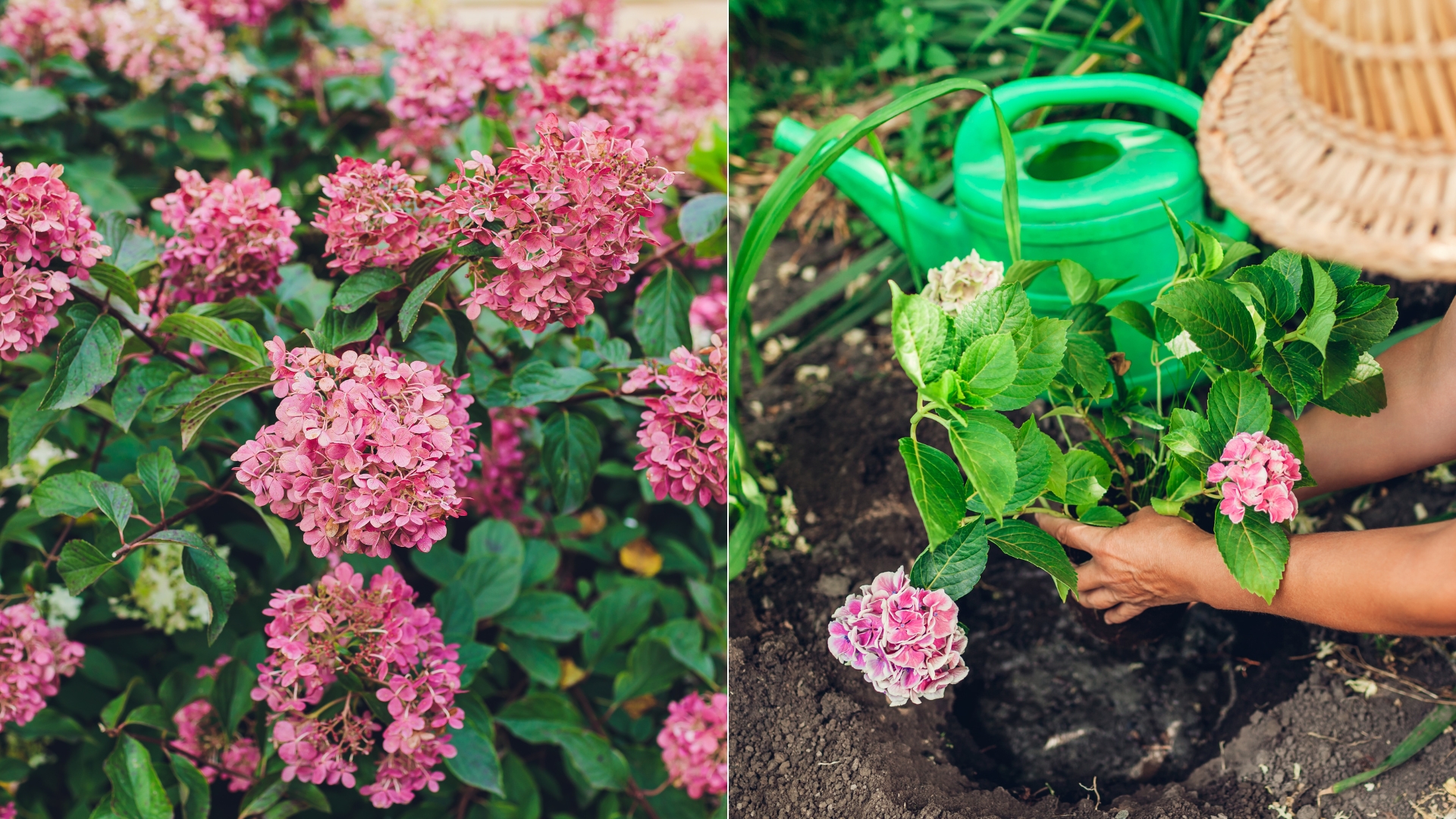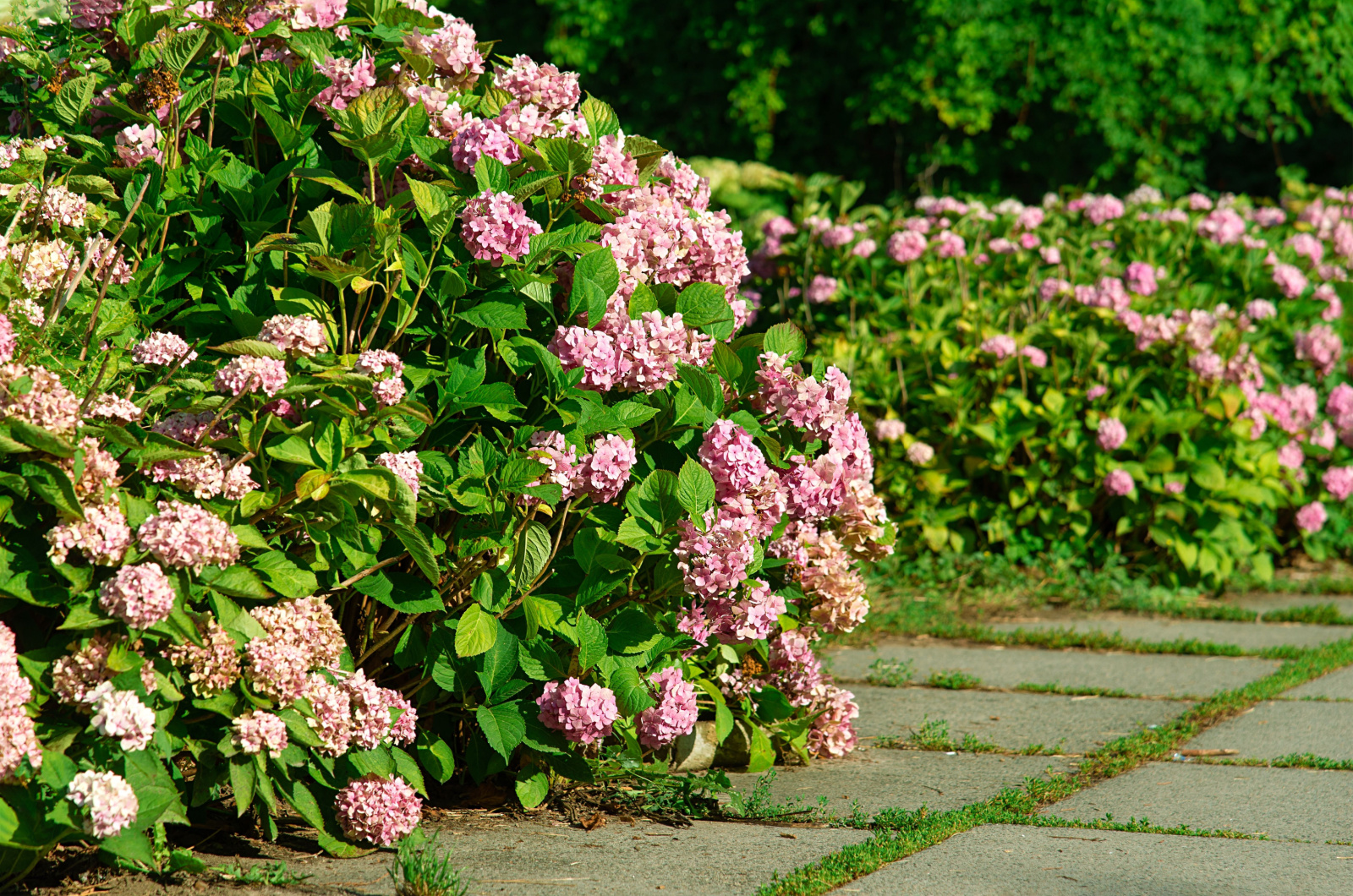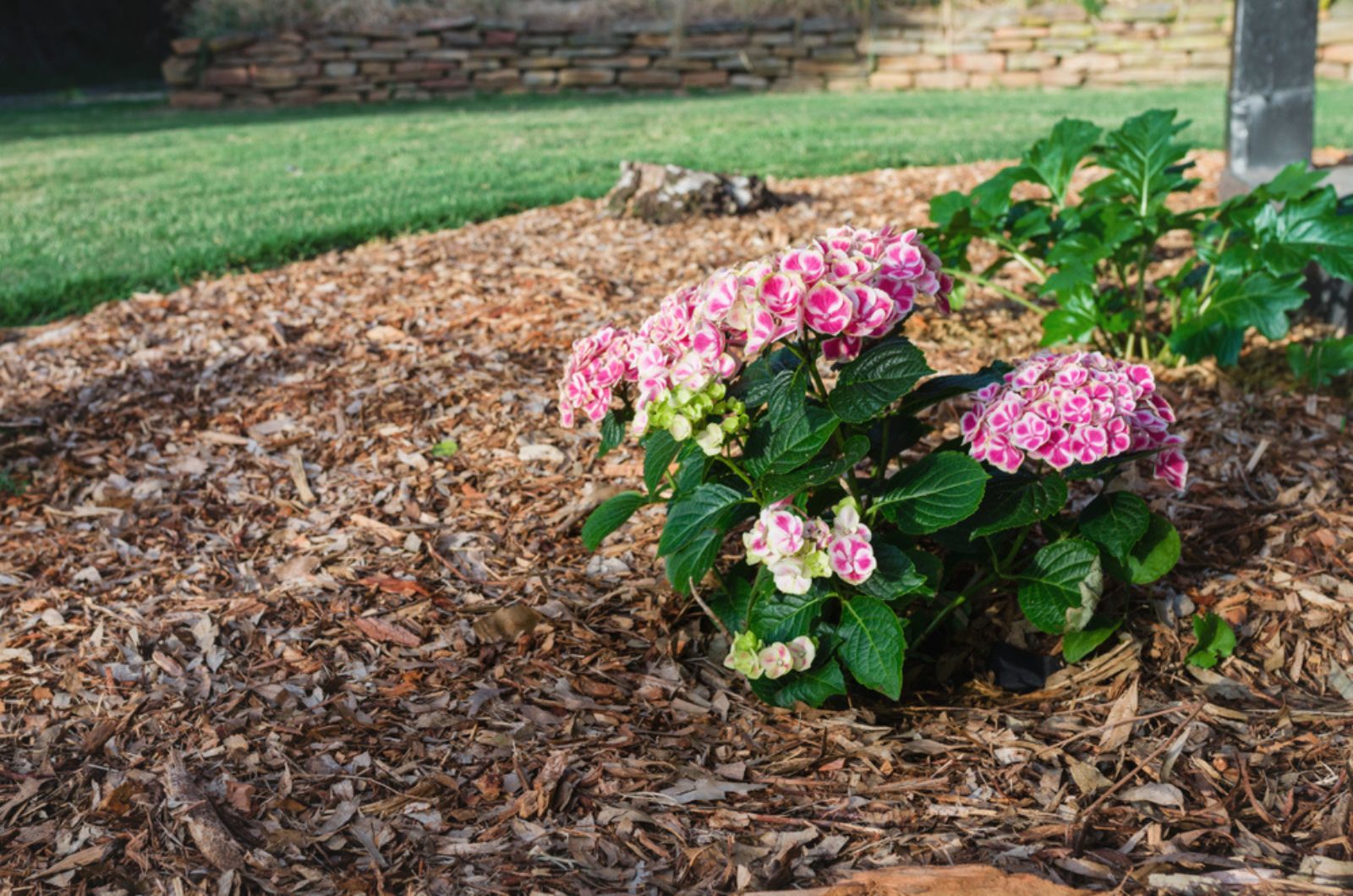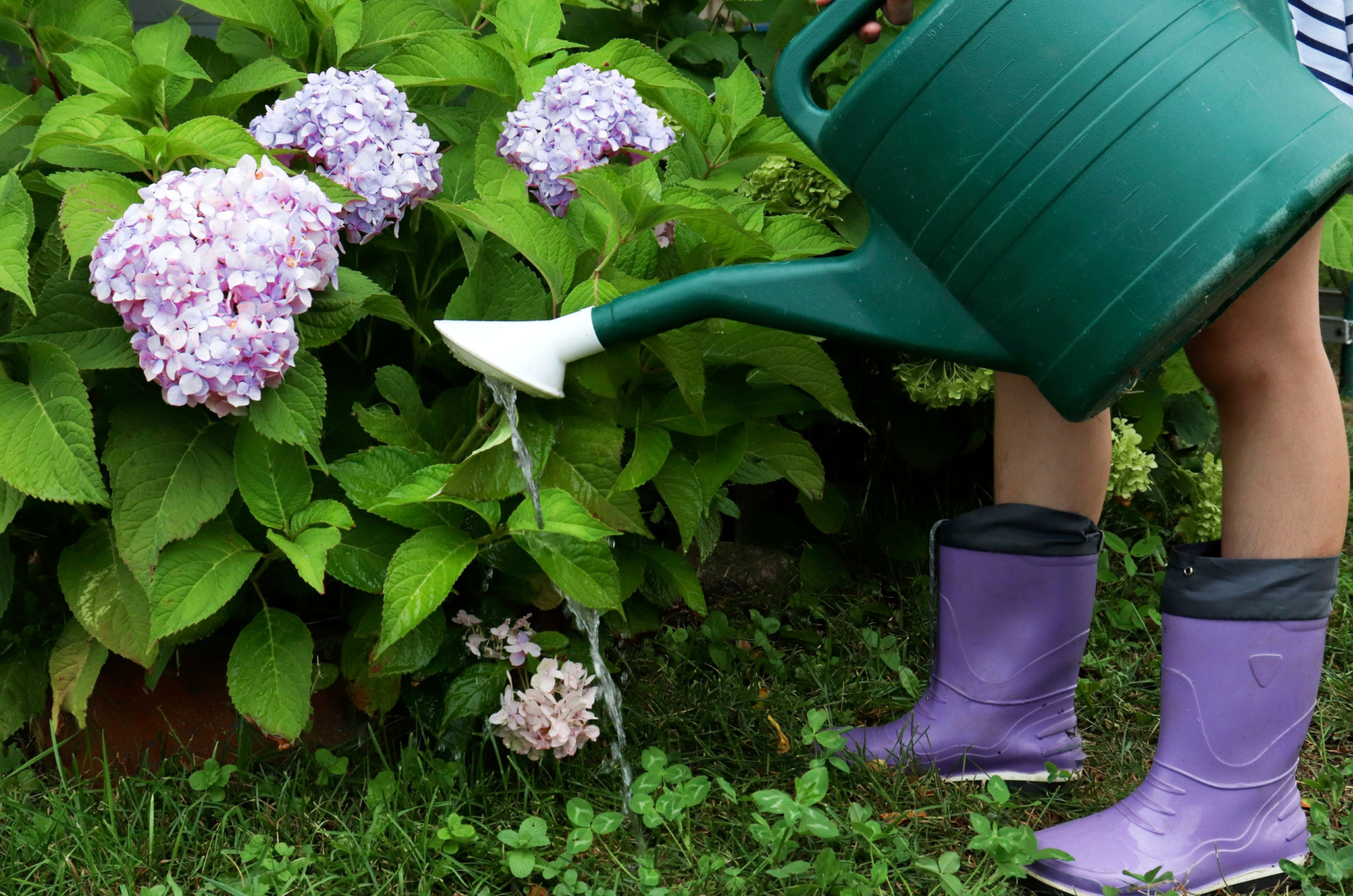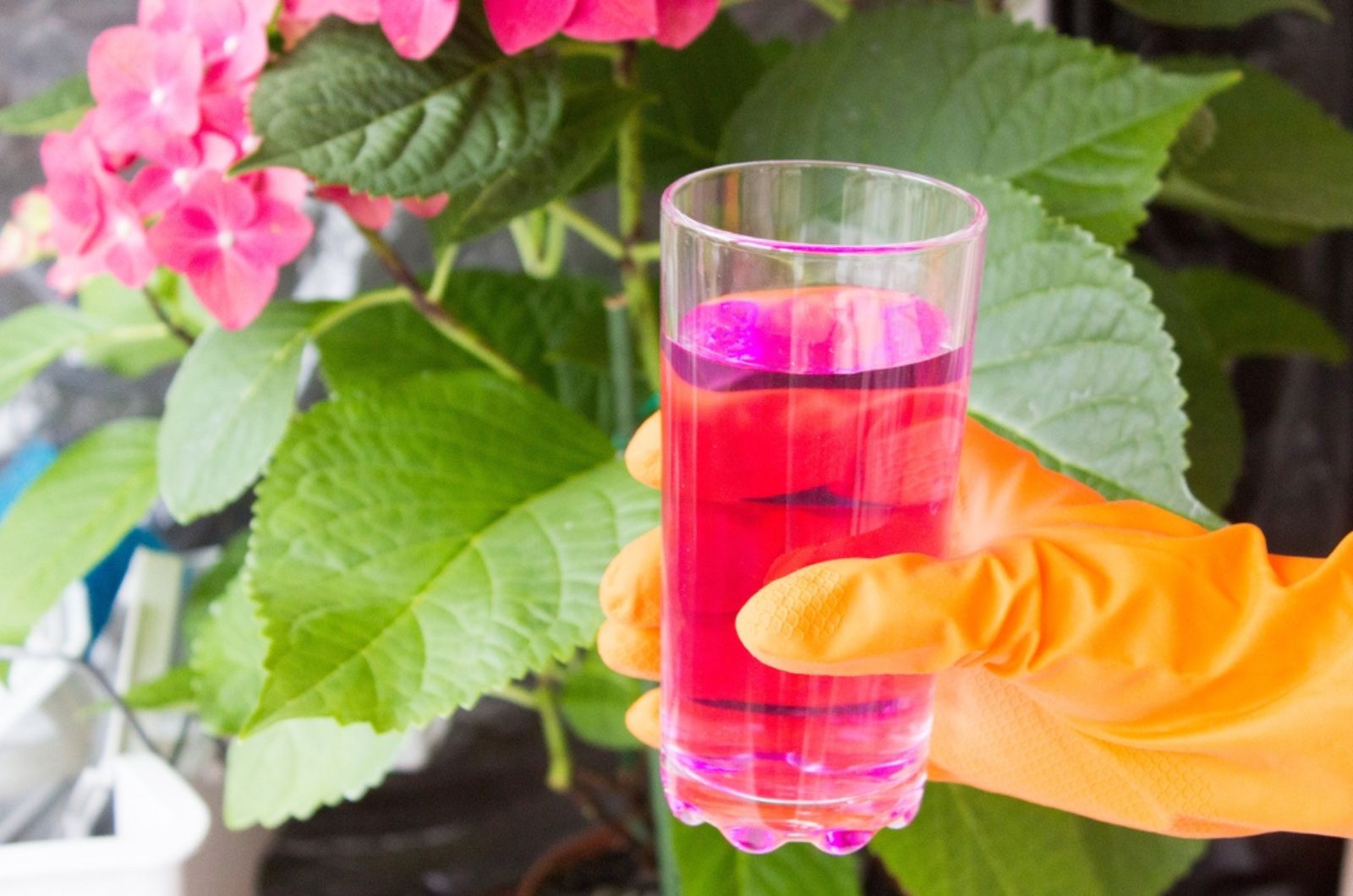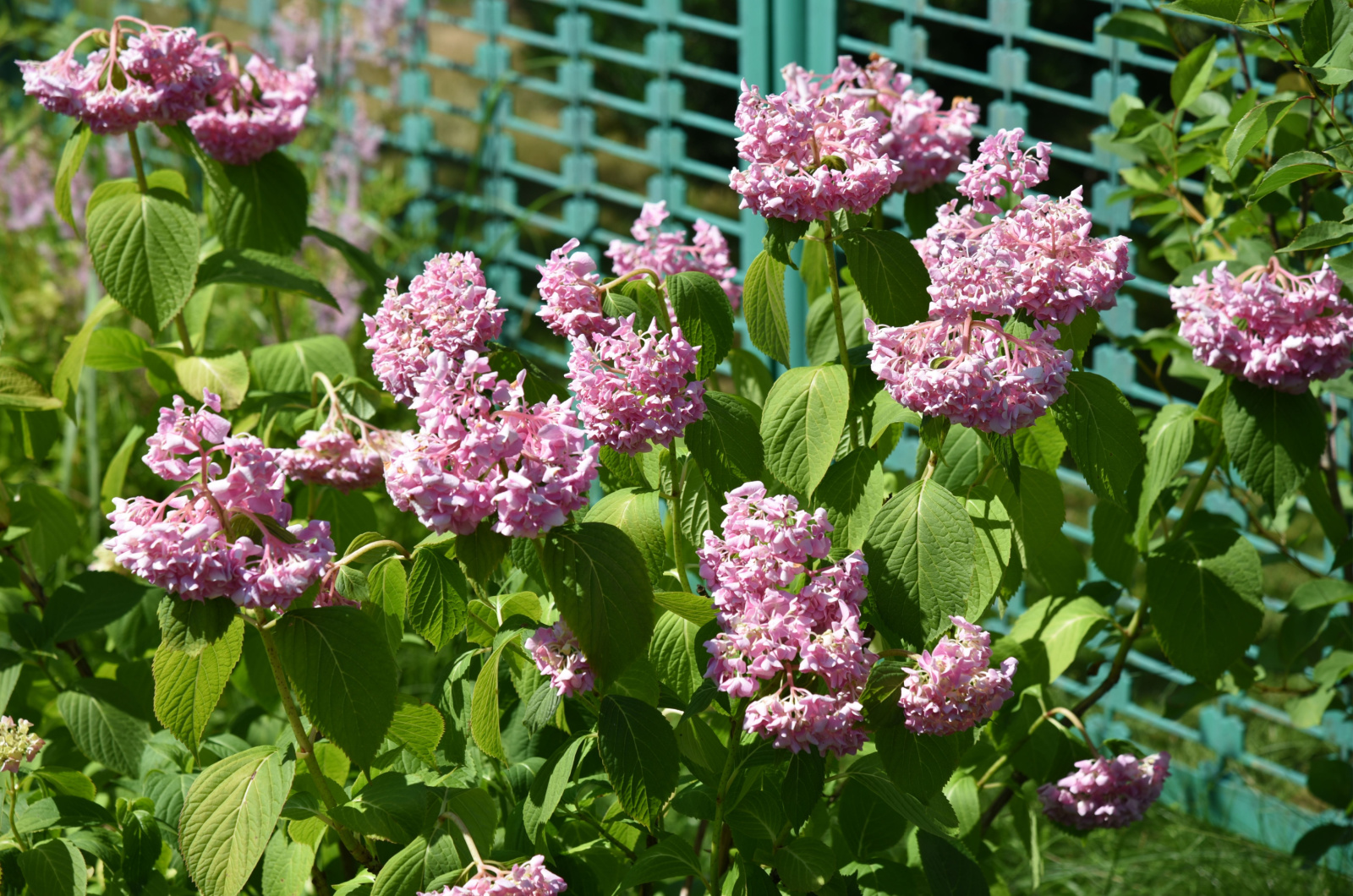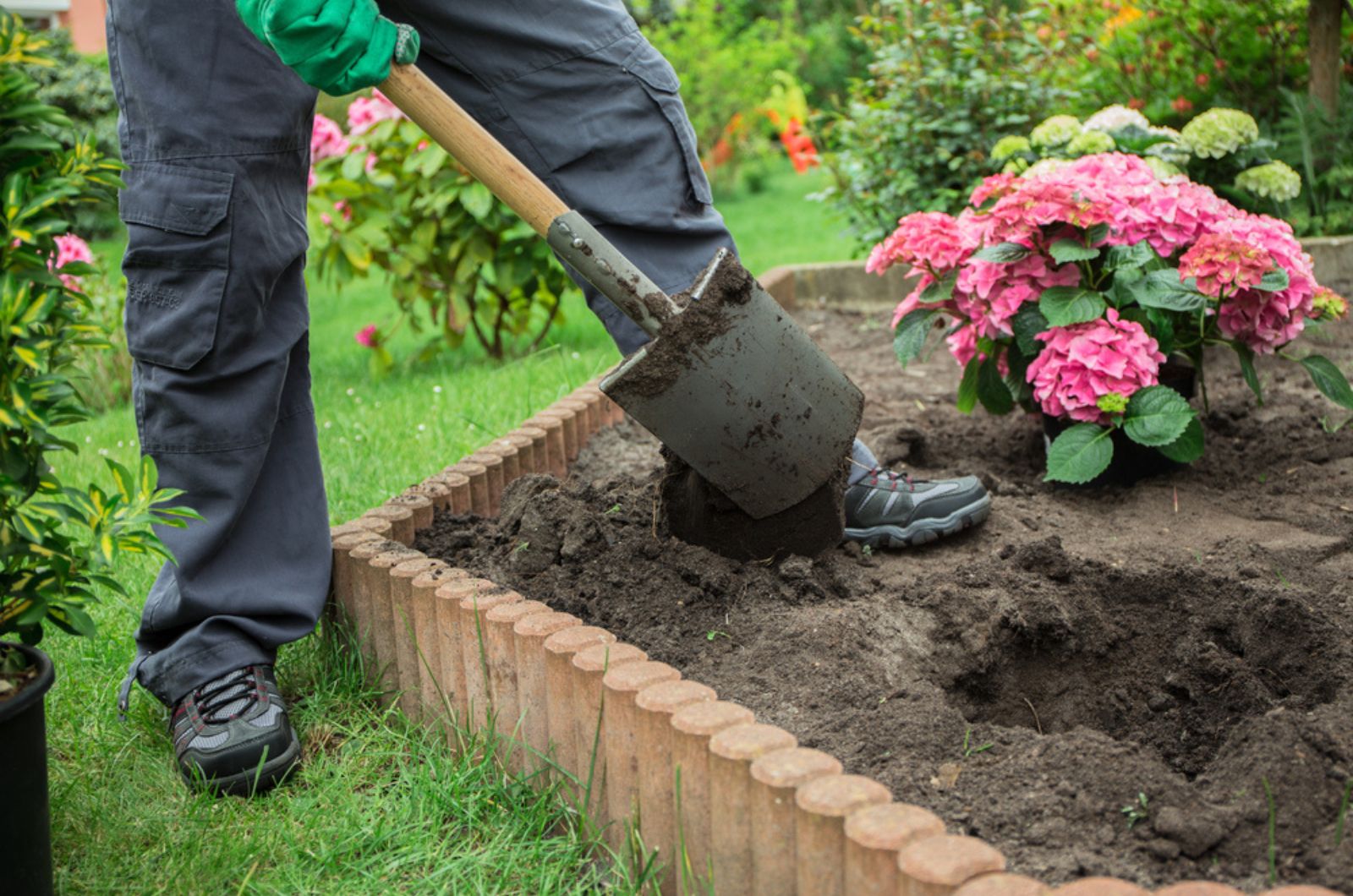Hydrangeas are one of the most popular flowers in the world, and for good reason – they are absolutely stunning!
Not only are these flowering plants gorgeous, but they are also known for their resilience and adaptability to different growing conditions. Although hydrangeas are hardy plants, they can still wilt and droop for numerous reasons.
In this article, we are going to cover common reasons why hydrangeas wilt and droop, as well as the best ways to nurture them back to health. Stay tuned!
Causes & Solutions To Drooping Hydrangeas
Some of the issues might include bad lighting, improper fertilization, or giving your hydrangeas too much or too little water. In the section below, we are going to dig deeper into these issues and explain how to fix them.
Let’s dive in!
Cause 1: Too Much Sunlight Exposure
Hydrangeas are perfect shrubs for shaded gardens. They thrive in dappled sunlight or partial shade, and excessive exposure to direct sunlight can cause wilting. Heat stress plus dehydration can completely ruin your lovely plant.
If you notice that the leaves and flowers are looking brown and crispy, consider the light exposure first.
How To Fix
Now, there are still some ways that you can fix this issue. For instance, you can transplant your hydrangeas to a more shaded area of your garden. You might also consider providing them with some shelter during the hottest parts of the day.
Cause 2: Transplant Shock
If you recently transplanted your hydrangeas, they may experience transplant shock, which leads to drooping. Even though they are hardy plants, hydrangeas still don’t enjoy being moved around from one place to another.
They need some time to adapt to their new environment, which is why they might wilt and droop.
How To Fix
Don’t worry, transplant shock is an easy fix. When transplanting, you have to consider the best time to do so – hydrangeas are usually transplanted in spring or fall.
Then, you also have to prepare them for this process. This includes watering them so that they are hydrated before transplanting. Plus, this makes digging them out easier.
After you have planted them in a new location, you should water them in small amounts more frequently. This will help them stay hydrated without overwhelming the soil. I recently transplanted my Pop star hydrangea and now it’s happier than ever!
Cause 3: Inadequate Watering
Droopy leaves are often a sign that your hydrangea is thirsty. This is because the plant focuses its energy on feeding on the roots instead of keeping the flowers and leaves looking nice and perky.
However, these symptoms are similar to overwatering, which means giving your plants more water than they need. In this case, leaves start to turn yellow and fall off. Root rot might also occur as a result of overwatering.
How To Fix
All you have to do is adjust your watering schedule according to the plant’s requirements. If you have overwatered hydrangeas, give them a break from watering for a few days. Underwatering is fixed with a thorough watering.
When watering, do so at the base of the plant and avoid getting the leaves wet as this can attract numerous fungal diseases.
It is also important to have the right kind of soil – hydrangeas grow best in well-draining soils. Adding compost to the soil can improve its fertility and lead to more flower production.
Generally speaking, mature hydrangeas need watering once or twice a week. During hot summer months, they might need even more watering as the water evaporates quickly.
Also read: How To Change Hydrangea Colors For A Gorgeous Flower Display
Cause 4: Improper Fertilization
Using the wrong type of fertilizer or over-fertilizing can stress hydrangeas and lead to leggy growth.
For instance, if you are using a fertilizer that is rich in nitrogen, it will only lead to more leaf production and cause flowers to wilt and droop.
Fertilizing them at the wrong time can put your hydrangeas at risk of winter damage.This is why they shouldn’t be fertilized after August. However, you can add compost to the soil any time in the year.
How To Fix
Fertilizing hydrangeas is not as complicated. You can either use a balanced fertilizer or one that contains more phosphorus to boost flower production.
I would recommend you do a soil test before adding anything because you will see what specific nutrients should be added in order to improve your hydrangea’s overall growth and health.
Cause 5: Flowers Are Too Heavy
Most types of hydrangeas produce very large flowers that can be too heavy for weak stems to hold up. This usually occurs after heavy rainfall.
However, a lot of varieties are now being hybridized with stronger stems that can support these huge flowers. Even with these varieties, flowers can sometimes be too heavy.
How To Fix
There is really no need to fix this issue. You can either use some stakes or gently tie them to prevent bending.
Cause 6: Potted Hydrangeas Need Transplant
Growing hydrangeas in pots has gained a lot of attention recently. If your potted hydrangea starts drooping, it can often be a sign that they need more space.
If they outgrow their current pots, hydrangeas become root-bound. This will also affect the water absorption, which can cause additional stress on top of the crowded space.
How To Fix
To fix this, consider transplanting your potted hydrangeas into a larger container with fresh potting mix to provide the roots with more space to grow. Remember to give your hydrangeas a good soaking before repotting.
Make sure that your new pot is bigger than the current one, and that it has drainage holes in the bottom.

